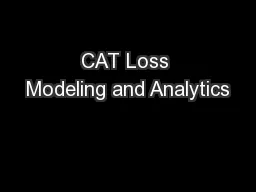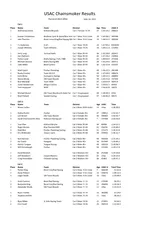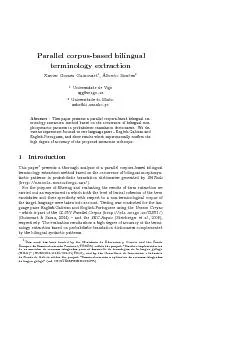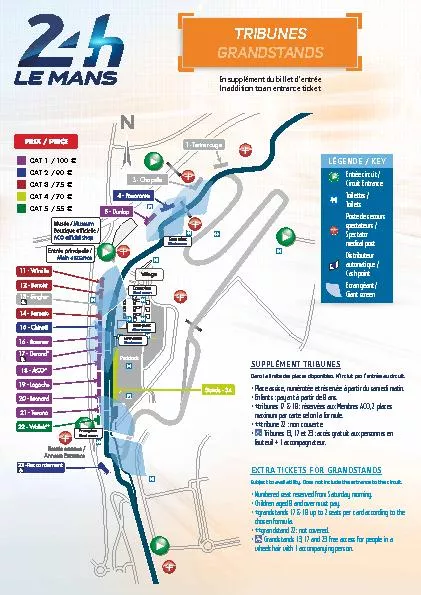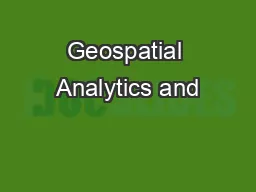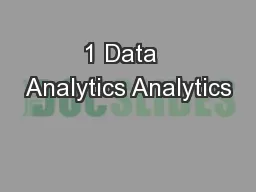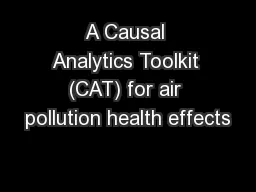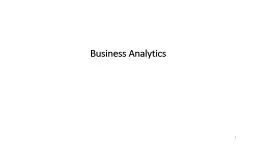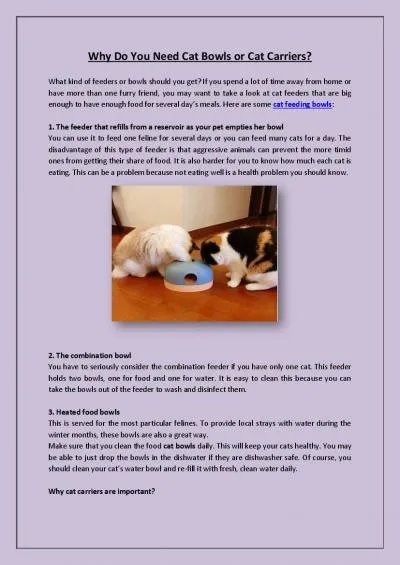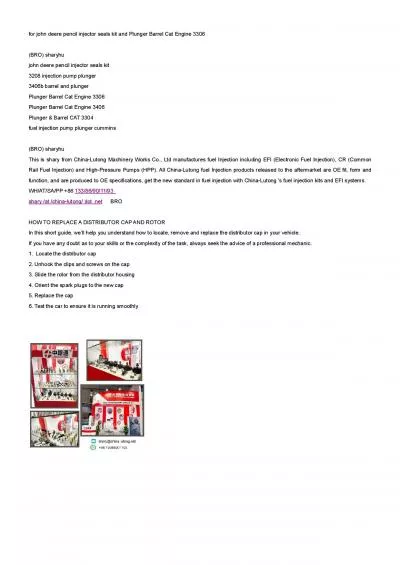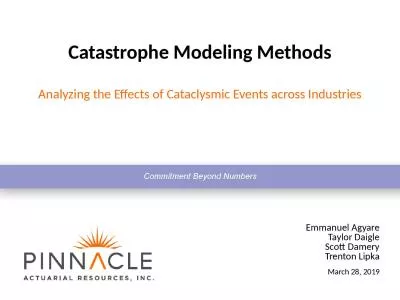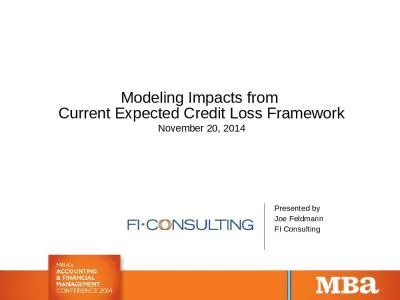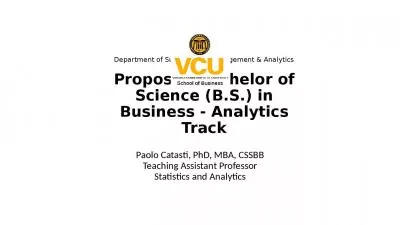PPT-CAT Loss Modeling and Analytics
Author : marina-yarberry | Published Date : 2017-09-09
March 20 2015 Prepared for Society for Risk Management Consultants passion innovation accountability Introduction to Beecher Carlson gt Who we are 3 ABOUT US Beecher
Presentation Embed Code
Download Presentation
Download Presentation The PPT/PDF document "CAT Loss Modeling and Analytics" is the property of its rightful owner. Permission is granted to download and print the materials on this website for personal, non-commercial use only, and to display it on your personal computer provided you do not modify the materials and that you retain all copyright notices contained in the materials. By downloading content from our website, you accept the terms of this agreement.
CAT Loss Modeling and Analytics: Transcript
Download Rules Of Document
"CAT Loss Modeling and Analytics"The content belongs to its owner. You may download and print it for personal use, without modification, and keep all copyright notices. By downloading, you agree to these terms.
Related Documents

